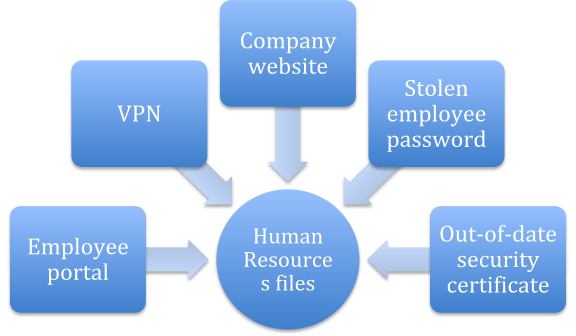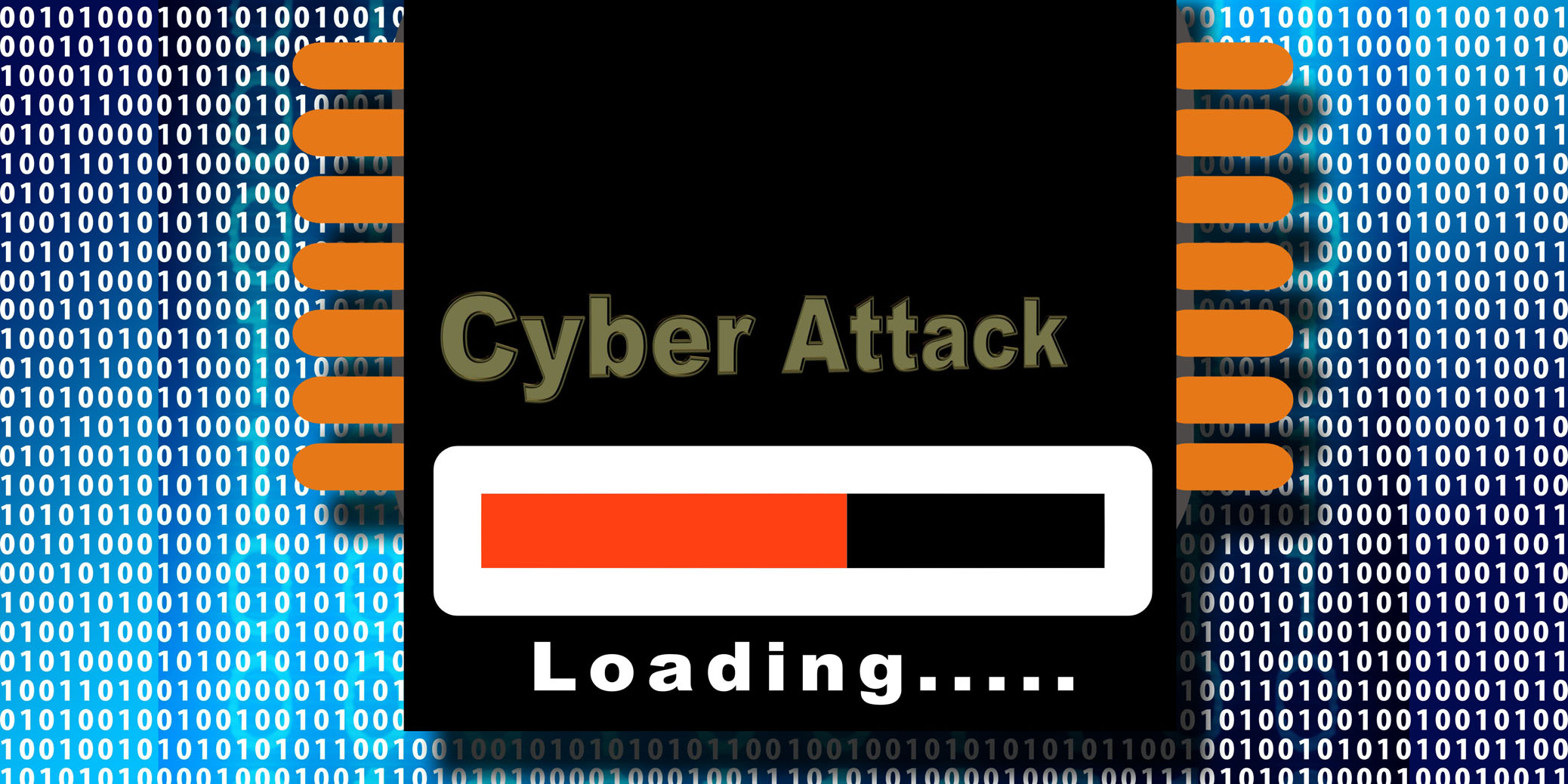
#Cyber extortion definition software
Maintain a firewall, and ensure all system software and devices are up to date. Employee training should include identifying suspicious emails, links, pop-up ads, and websites, not posting sensitive information online, and implementing other steps that would reduce the likelihood of cyber extortion like encouraging your employees to take cybersecurity courses outside of company training.
#Cyber extortion definition plus
If the breach involves sensitive customer data, the company may be held liable in court plus incur heavy punishment from regulatory bodies implementing cyber extortion laws.Ĭustomers who have had their data breached may also lose trust in the company and move on to competitors. If the company can’t meet the demand, it risks losing confidential corporate data. In a data breach, attackers may threaten to expose stolen data unless the company pays up. Some undesired outcomes of cyber extortion include data breaches, business interruption, damage to the company's reputation, loss of customers, and financial losses. However, it may not be as anonymous as attackers believe. Payments typically range from $250 to $1,200 in bitcoin or other currency.įor all forms of cyber extortion, bitcoin is the most common form of ransom demanded as it’s widely believed to be an untraceable method of payment. The victims are told that their personal information will be exposed if they don’t pay a ransom within a tight deadline. Other cyber extortion cases happen through email. Sometimes, attackers first send a warning of the DDoS attack and then demand payment to not continue the attack.

Attackers might only stop their DDoS attack after the victim pays up. In DDoS attacks, attackers deploy a network of infected computer systems to send a flood of internet traffic that can cripple a website, server, or system. According to the Center for Internet Security, ransomware attacks have been the leading type of cyber extortion since August 2015. Victims are typically demanded to pay around $200 to $1,000. For the victim to regain access, they must give in to the demands of the attacker. Ransomware encrypts servers and data, making them inaccessible. Such actions “activate” the ransomware, which spreads and infects the company’s site, computers, or the entire network. In a ransomware attack, the attacker tricks the victim (say, a company employee) into clicking a link or pop-up ad, opening a corrupted file sent through email, or visiting a website.


What are the Common Types of Cyber Extortion? Ransomware Cyber extortionists first gain access to a computer, software, or network, usually through ransomware or distributed denial-of-service (DDoS).

Cyber extortion is when a cyber attacker demands money or something else in return for stopping the attack or returning access to your systems/data.


 0 kommentar(er)
0 kommentar(er)
